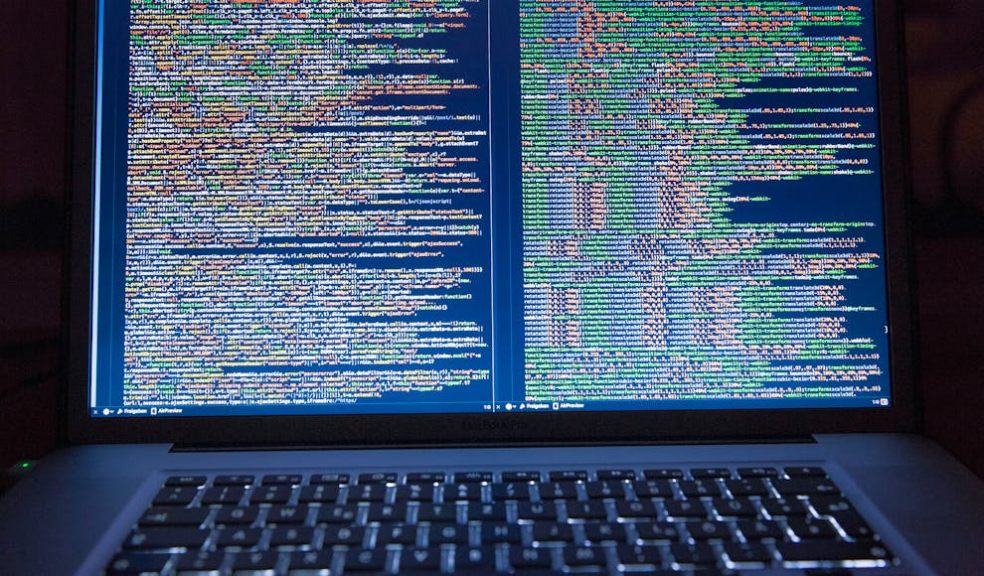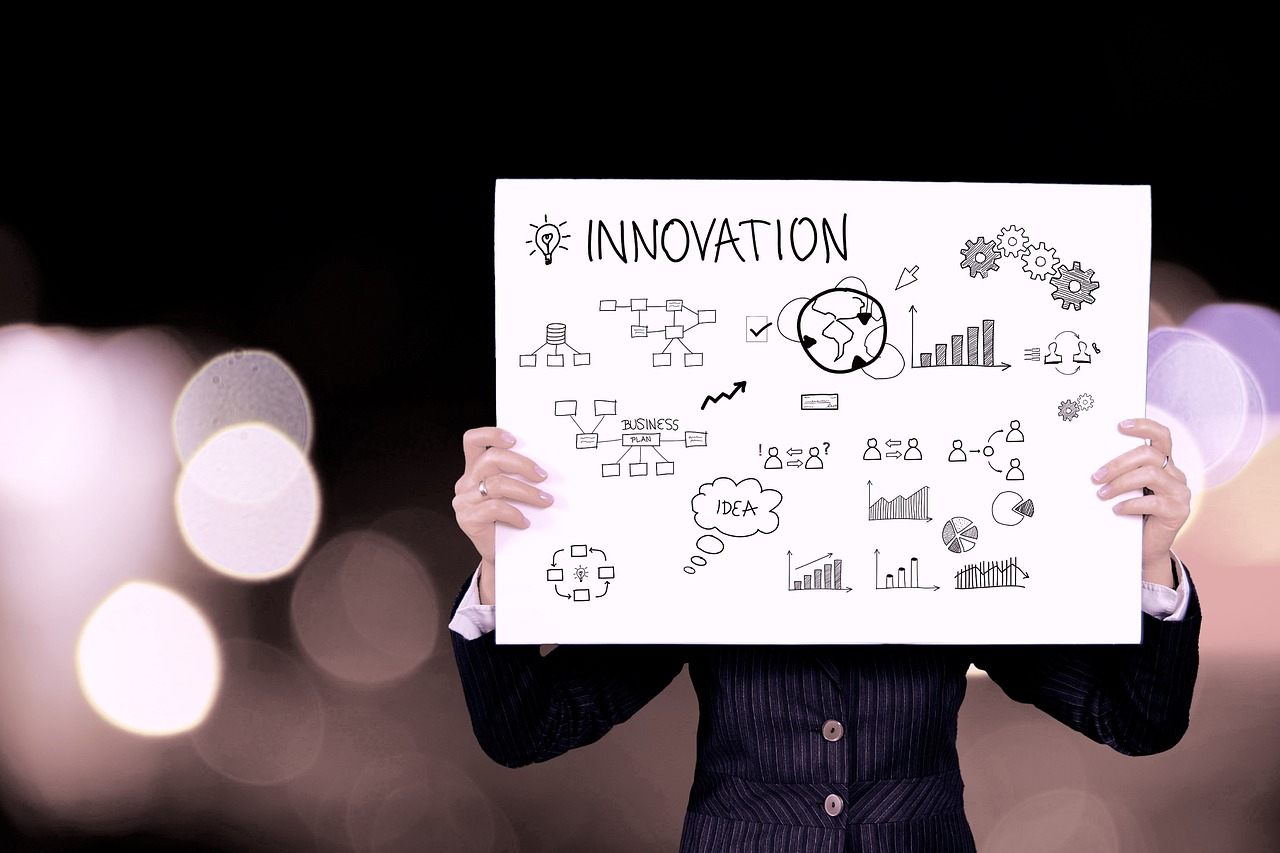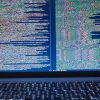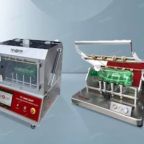
Navigating Technology Lifecycles with EOL and EOSL
The lifespan of any gadget or program is an intriguing trip from innovation to obsolescence. Understanding the crucial stages of this lifespan, particularly End of Life (EOL) and End of Service/Support (EOSL), is critical for navigating the technological world.
These milestones not only indicate the end of updates and support, but also the moment at which strategic decisions become critical for users and enterprises alike.
Consider the recent announcement that Windows 10 would be retired in October 2025. This landmark moment not only signals the end of an era for one of the most widely used operating systems, but it also emphasizes the quick pace of technical innovation and the importance of adaptation.
According to some fresh research, currently, there is 1.4 billion users of the Windows 10 operating system, which could lead us to the question, are all of them ready for the end of this cycle?
This situation highlights the crucial role of EOL and EOSL in the technology lifecycle. It sparks a larger conversation on how individuals and organizations may manage these changes proactively, assuring smooth integration of new technology without losing security or performance.
This situation highlights the vital role of EOL and EOSL within the technology lifecycle, initiating a wider conversation about how both individuals and organizations can actively navigate these changes. This approach ensures the smooth adoption of new technologies while maintaining security and performance standards.
Understanding Technology Lifecycles
The lifetime of a technology, whether software, hardware, or any other tech product, is one of invention, acceptance, maturity, and, finally, decline.
This journey is critical for understanding how technology evolves and the ramifications for customers and organizations as products go through various phases.
There are six stages that are significant for the technology lifecycle, which we shall discuss in the following paragraph.
- Development and Introduction
The lifecycle begins in the development phase, where a new technology is born. This stage is characterized by innovation and investment, with a focus on bringing a viable product to market.
- Growth
Once introduced, a technology enters the growth phase. Adoption rates increase, and improvements are made as feedback is received. This is often where a product gains significant market share.
- Maturity
The technology reaches maturity once it has been widely adopted and its market growth stabilizes. It's the peak of its lifecycle, with a focus on maintaining market share and extending product life through updates.
- Decline
Eventually, every technology faces decline, overshadowed by newer, more efficient solutions. Its market share shrinks, and it becomes less relevant.
- End of Life (EOL)
EOL is a formally declared point when a technology is no longer sold or updated by the manufacturer. It marks the official end of product support, meaning no further updates, patches, or direct support are provided.
This stage is critical as it signals to users the need to consider upgrading or replacing the technology to avoid security vulnerabilities and compatibility issues. Keeping an eye on the manufacturer's EOL list can help users anticipate these changes and plan accordingly.
- End of Service
Close to EOL, EOSL specifically refers to the cessation of all support services for the product, including customer service and technical support. While EOL might still allow for some level of use, EOSL indicates that any issues encountered will no longer be addressed by the manufacturer.
Differentiating EOL and EOSL
While EOL and EOSL are closely related, the main distinction lies in their focus. EOL primarily concerns the cessation of product updates and sales, while EOSL marks the end of all types of support. It is crucial for users to be aware of both dates as they plan for technology transitions.
Grasping the nuances of these lifecycle phases, particularly EOL and EOSL, is crucial for navigating the potential challenges and benefits that come with employing technology.
Informed users and enterprises are better positioned to make thoughtful choices regarding the timing for updating, enhancing, or decommissioning technological resources, thereby securing operational effectiveness and safety.
The Strategic Importance of EOL and EOSL
Moving towards the End of Life and End of Service/Support phases in technology products requires forward thinking strategy from all stakeholders.
Being aware of and ready for these unavoidable stages can greatly reduce potential risks, such as security flaws, operational interruptions, and regulatory compliance challenges.
Tools and Frameworks for Managing EOL and EOSL
- Lifecycle Management Software: Comprehensive tools that track and manage the lifecycle stages of IT assets, helping businesses forecast EOL and EOSL dates. They enable organizations to plan upgrades and replacements efficiently.
- Risk Assessment Frameworks: Frameworks for assessing the hazards of using technology after its end-of-life or EOSL date. These include assessing security concerns, regulatory issues, and operational inefficiencies.
- Vendor Support Agreements: Contracts with technology vendors that include extended support options beyond the standard EOL, offering a buffer period to plan for migration or upgrades.
Strategies for Effective Transition
- Inventory and Audit: Inventory IT assets on a regular basis to determine which technologies are about to be phased out or become obsolete. This audit should help guide the strategic planning process.
- Prioritization: Prioritize upgrades and replacements based on their importance to corporate operations, security threats, and the potential for operational interruptions.
- Budget Planning: Allocate financial resources well in advance for upgrades or replacements, considering the total cost of ownership and return on investment of new technologies.
- Stakeholder Communication: Engage with all stakeholders, including IT staff, end-users, and senior management, to ensure smooth transition processes.
Real-Time Example (EOL) - Global Retail Chain's Transition from Legacy Systems
- Challenge: Facing EOL for their POS systems, which posed significant security and operational risks.
- Solution: Implemented a phased upgrade plan, starting with high volume locations and utilizing lifecycle management software for tracking and coordination.
- Outcome: Smooth transition with minimal disruption to operations and enhanced system security.
Real-Time Example (EOSL) - Healthcare Provider Managing EOSL for Critical Software
- Challenge: A critical patient management software was approaching EOSL, risking patient data security and compliance with healthcare regulations.
- Solution: Conducted a comprehensive risk assessment to prioritize transition efforts, secured a temporary extended support agreement, and migrated to a more modern platform.
- Outcome: Maintained compliance and security standards during transition, with no impact on patient care.
Impacts and Innovations

The end of a technology's lifespan, denoted by End of Life and End of Service/Support, frequently represents more than just an endpoint. It may also spark creativity, drive environmental initiatives, and spur the creation of next-generation technology.
This dual impact emphasizes the necessity of considering EOL and EOSL as chances for constructive transformation in both technology and the environment.
Driving Innovation through EOL and EOSL
The approach to EOL and EOSL can serve as a powerful motivator for innovation within the tech industry. As outdated technologies are retired, the demand for more advanced, efficient alternatives becomes clear, fueling innovation and progress.
Take, for instance, the shift from conventional incandescent bulbs to LED lighting technology. This shift was greatly hastened in numerous countries by the gradual discontinuation of less efficient bulbs.
This transition not only facilitated the broad acceptance of LEDs, known for their superior energy efficiency and durability, but it also encouraged further breakthroughs in intelligent lighting systems, incorporating IoT features for improved energy regulation and user management.
Sustainability and Environmental Considerations
The environmental impact of technology disposal at the EOL stage is a growing concern, with electronic waste posing significant challenges to sustainability efforts.
Recognizing this, many companies are adopting sustainable practices to mitigate the environmental footprint of their products.
Initiatives include:
- Recycling and Repurposing Programs: Firms like Apple and Dell have established comprehensive recycling programs enabling users to return products at the end of their life for appropriate disposal or repurposing. These initiatives not only reduce electronic waste but also salvage precious materials for use in new products.
- Design for Disassembly: Certain producers are intentionally crafting products to be easily taken apart and recycled. For instance, Fairphone is built to facilitate straightforward repairs and upgrades, thereby prolonging its usable life and reducing waste.
- Extending Hardware Life through Software: Endeavors like Google's Project Treble are aimed at prolonging the lifespan of Android devices. They achieve this by simplifying the process for manufacturers to update devices to the latest operating system version, thus delaying the end of life for hardware via software advancements.
Innovations Emerging from Lifecycle Conclusions
The conclusion of technology lifecycles has directly led to the emergence of innovative solutions addressing both market needs and environmental concerns.
The advent of cloud computing and Software as a Service models, for example, shows a shift away from physical hardware reliance, decreasing waste and increasing scalability and flexibility for enterprises.
Another example is the creation of biodegradable electronics, which are intended to degrade organically after their useful life. This growing area intends to develop electronics that can be safely returned to the environment, so significantly decreasing the impact of e-waste.
Future Trends and Transformations
The future of technology lifecycle management is increasingly influenced by the capabilities of artificial intelligence and big data analytics. These technologies are revolutionizing how we predict and navigate the EOL and EOSL stages of products, making processes more proactive and data-driven.
AI and Predictive Analytics
AI, through machine learning algorithms, is enhancing the accuracy of lifecycle predictions. By analyzing vast datasets on technology use, failure rates, and maintenance records, AI can forecast EOL and EOSL with greater precision. This allows organizations to plan upgrades and replacements more effectively, minimizing disruptions.
An example of this in action is predictive maintenance platforms that alert businesses to potential hardware failures before they occur, ensuring timely replacements or repairs.
Big Data Insights
Big data analytics plays a pivotal role in deciphering patterns and trends throughout the entire technology lifecycle. By collecting and examining data from various sources, businesses can uncover valuable insights into how technology is used, its performance metrics, and what customers are saying. This wealth of information enables more knowledgeable decisions on whether to decommission or update IT assets.
Tools like Google Analytics and Tableau empower companies to tap into the power of big data, evaluating the performance of their technology and how users engage with it. This, in turn, informs decisions related to the management of technology lifecycles.
Automation in Lifecycle Management
The fusion of AI and big data is setting the foundation for automated solutions in lifecycle management. These innovative systems have the capability to proactively notify stakeholders about impending EOL and EOSL events, offering guidance derived from established best practices and analysis of past data.
This level of automation integrates lifecycle management smoothly into daily operations, significantly reducing oversight risks. Moreover, the synergy between AI and big data in managing technology lifecycles heralds a shift towards more forward thinking, anticipatory strategies for handling EOL and EOSL.
As these technologies continue to evolve, we can expect lifecycle management processes to become increasingly forward-looking, customized, and efficient, delivering substantial advantages to both companies and their customers.
Conclusion
In this article, we've explored the critical roles of AI and big data in revolutionizing technology lifecycle management, emphasizing the strategic importance of proactive planning for EOL and EOSL.
Staying informed and ahead of technology transitions is essential for leveraging opportunities and mitigating risks.

















